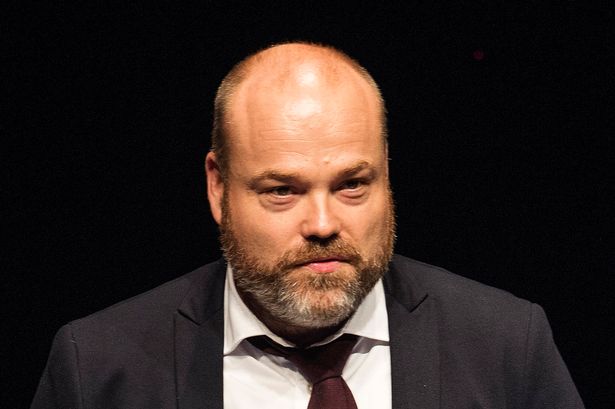In a bold move that has captured the attention of Scottish football, a Danish billionaire has pledged substantial support for Dundee United, aiming to revitalize the club’s fortunes. Despite this promising development, recent performances have raised concerns, particularly regarding midfielder Craig Sibbald, who is now facing setbacks that could hinder his contributions.
A New Era for Dundee United
The Danish investor, whose identity has yet to be publicly revealed, is set to inject significant financial resources into the club. This investment is seen as a potential turning point for Dundee United, who have struggled to find their footing in the league. The billionaire’s commitment comes with ambitious plans to bolster the squad and enhance the club’s infrastructure, promising a brighter future for fans.
Setbacks for Craig Sibbald
Craig Sibbald, a player who has been integral to Dundee United’s midfield, has recently encountered a series of setbacks, including injuries and inconsistent form. His situation has sparked discussions among fans and analysts alike about the need for the team to adapt. As the club seeks to improve its league standing, Sibbald’s form is critical, and his absence from peak performance could be detrimental.
Faults in the Trio Dynamo
In light of these challenges, the new investor has pointed out faults in what has been dubbed the “trio dynamo” of the team—comprising Sibbald and two other key players. This trio has struggled to create effective scoring opportunities, prompting the billionaire to call for a reassessment of the team’s attacking formation.
The investor’s vision includes a more dynamic attacking strategy, which may involve changes to the formation and the introduction of fresh talent. This shift aims to capitalize on the strengths of the squad while addressing the weaknesses that have become apparent in recent matches.
Demands for a New Attack Formation
As the club navigates this transitional phase, the need for a new attacking formation has become clear. The billionaire is advocating for a system that enhances creativity and agility, enabling players to exploit spaces and create scoring chances more effectively. This strategic shift could reinvigorate the squad and restore the attacking flair that has been lacking.
The club’s coaching staff will need to collaborate closely with the new investor to implement these changes successfully. Player recruitment will also be a priority, with an emphasis on acquiring forwards who can complement the existing midfielders and enhance the overall offensive capabilities.
Conclusion
The Danish billionaire’s support for Dundee United signals a potential new dawn for the club, but immediate challenges remain, particularly concerning Craig Sibbald and the trio dynamo. As the team looks to adapt its formation and enhance its attacking prowess, fans will be eager to see how these developments unfold on the pitch. With the right adjustments and renewed focus, Dundee United could emerge stronger in the competitive landscape of Scottish football.


